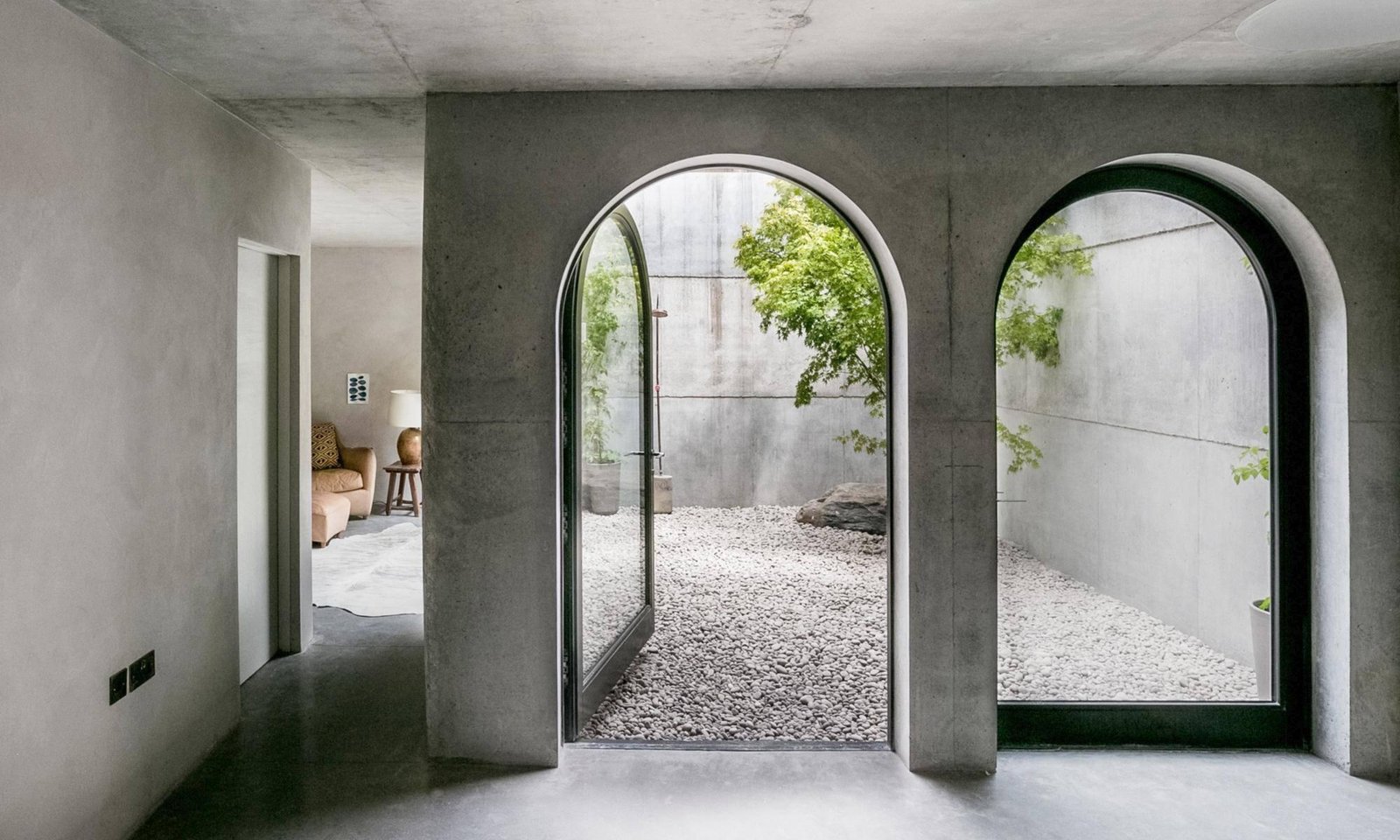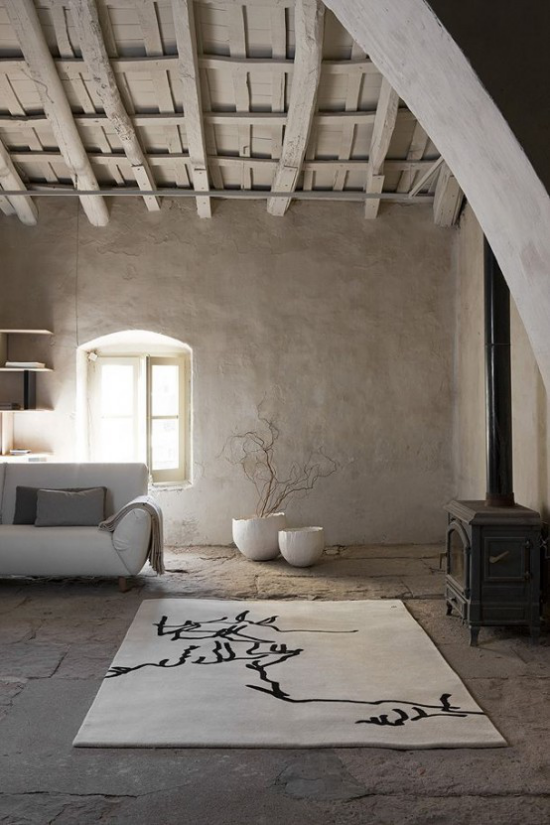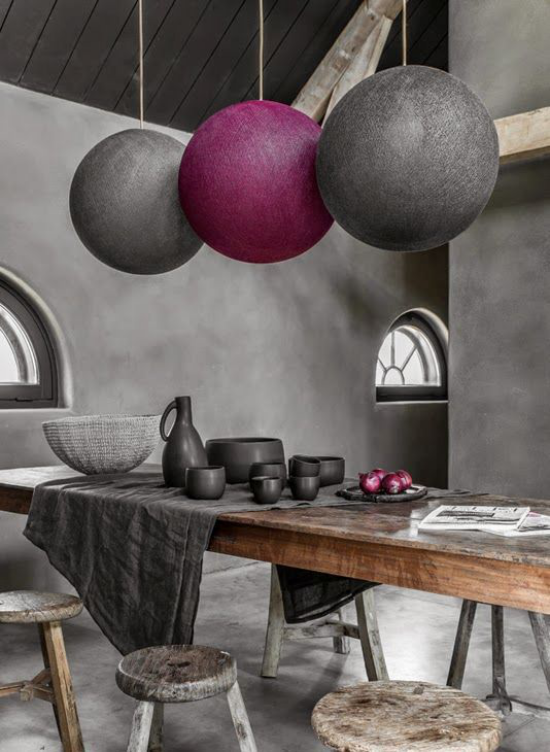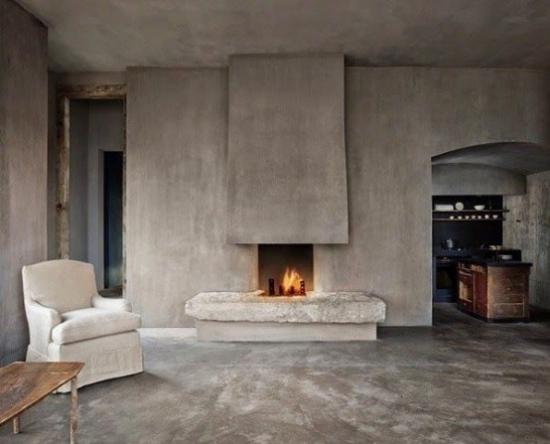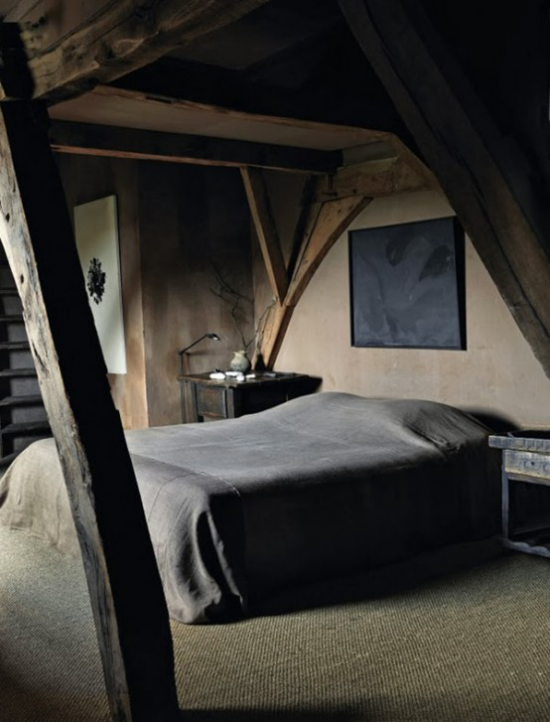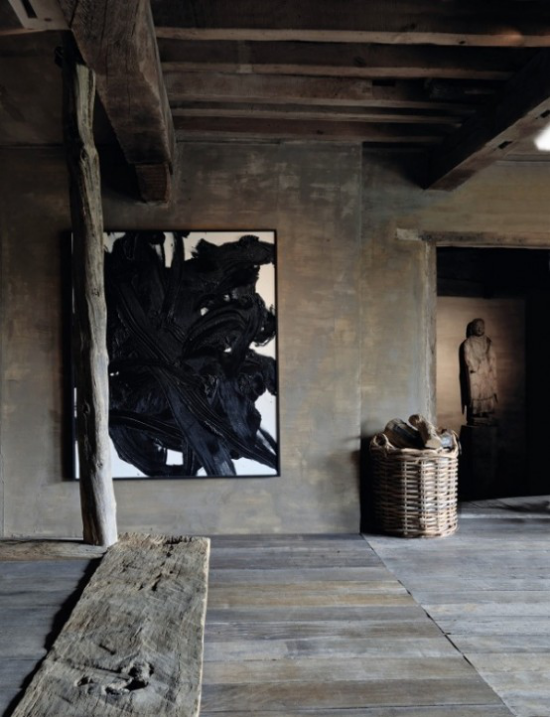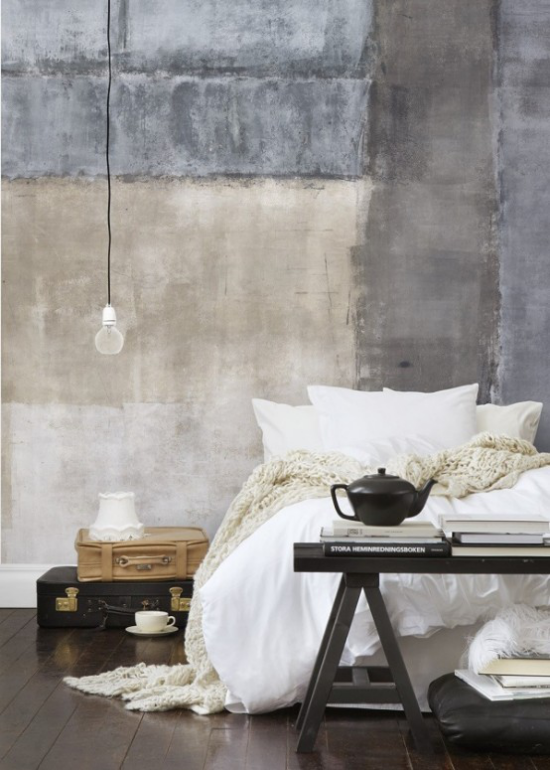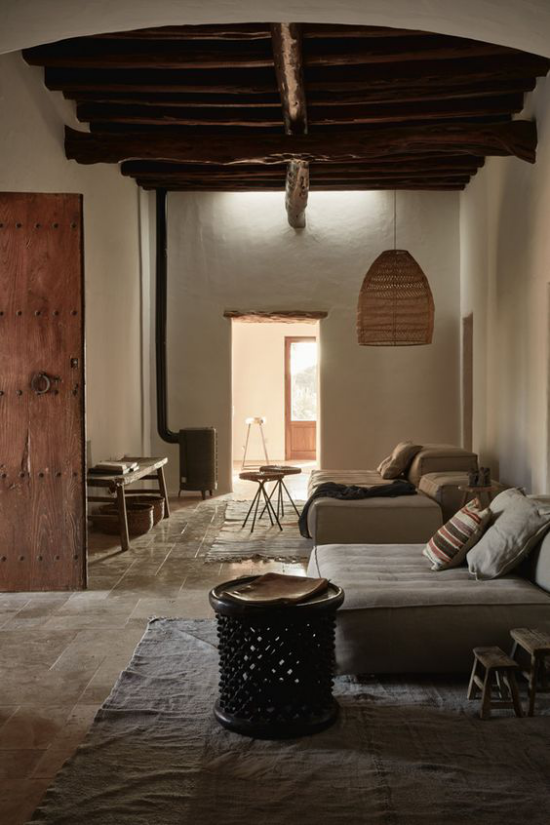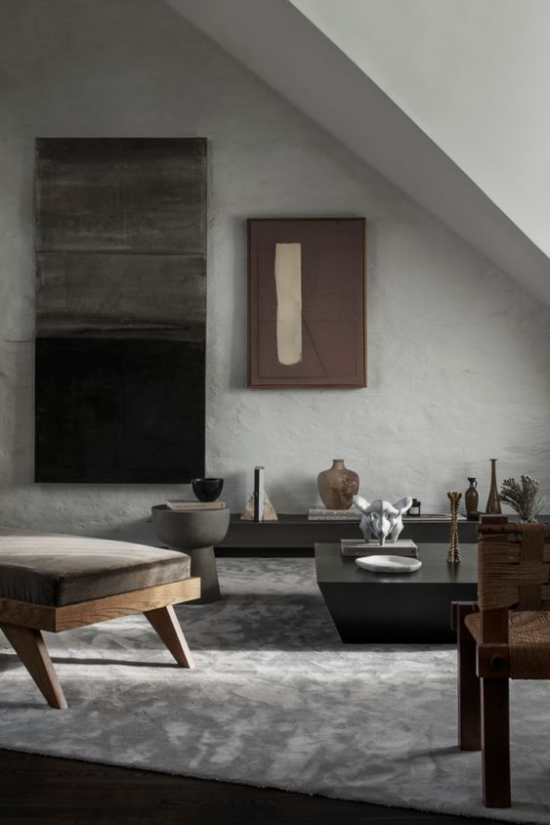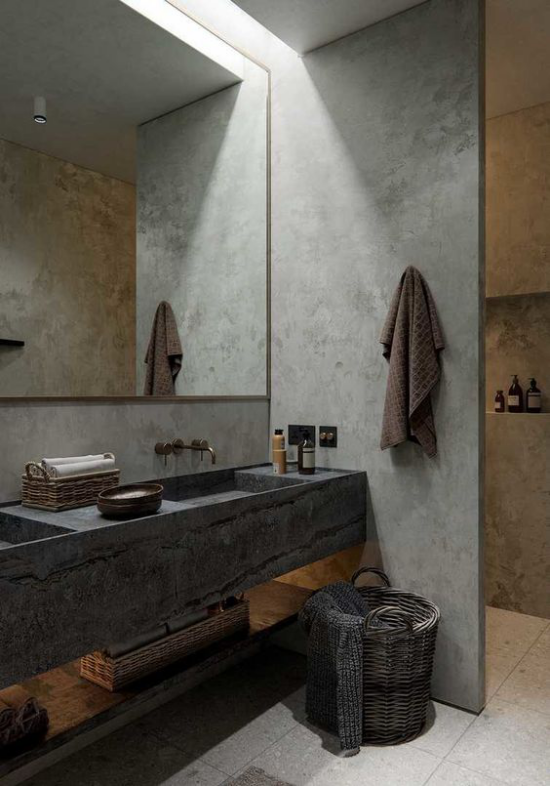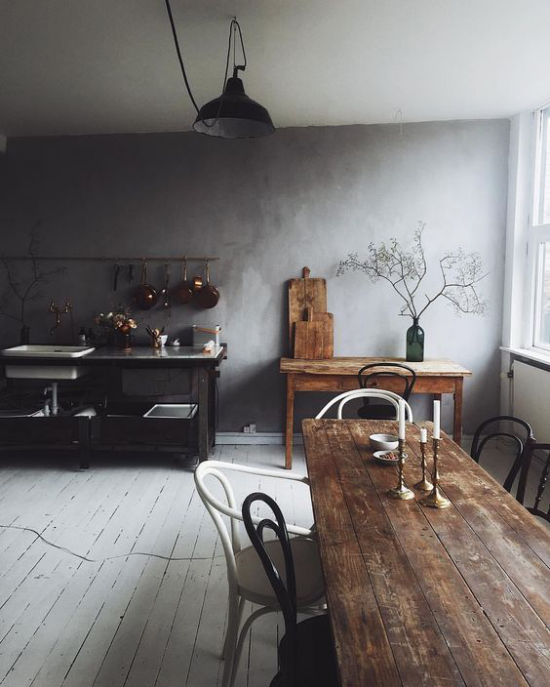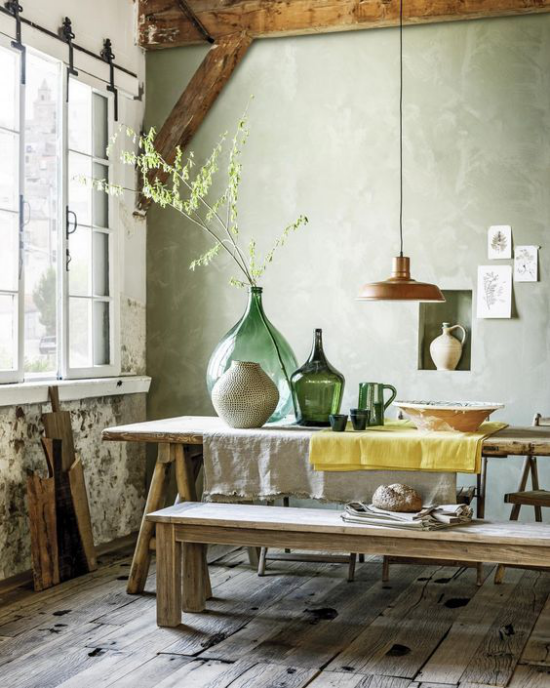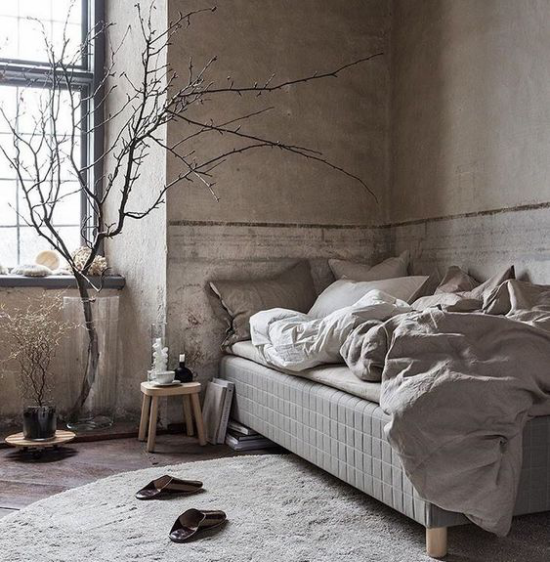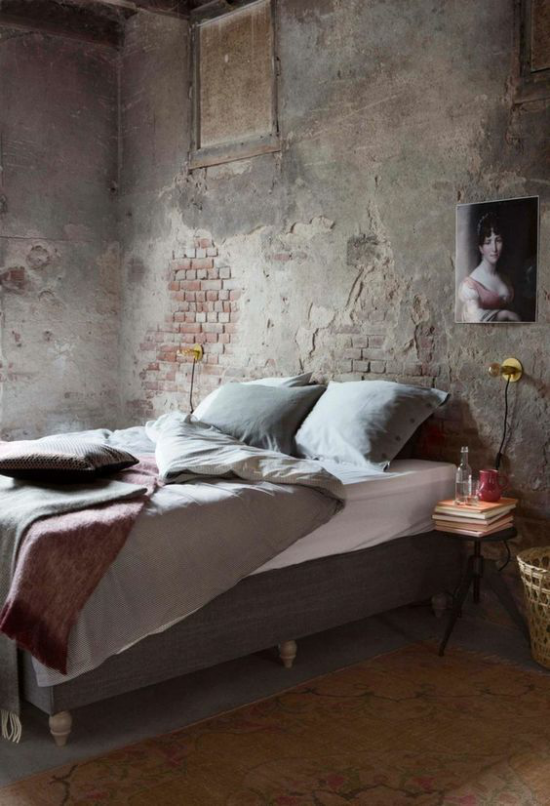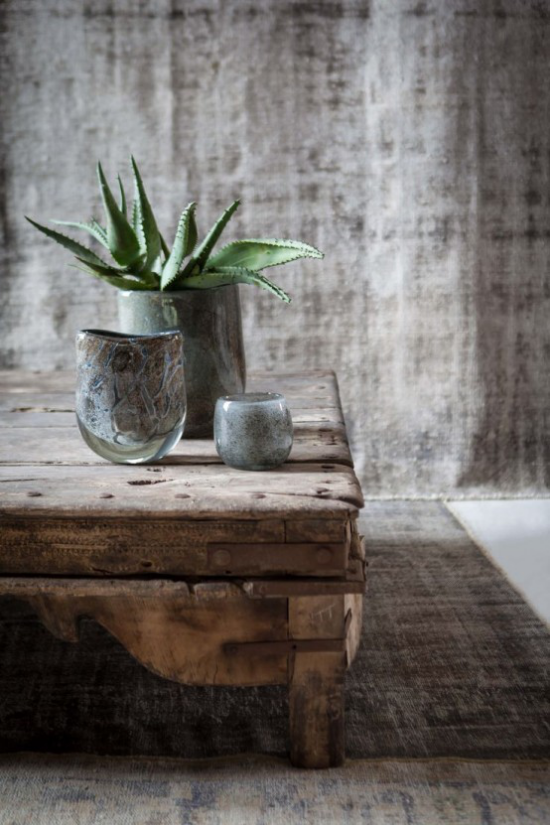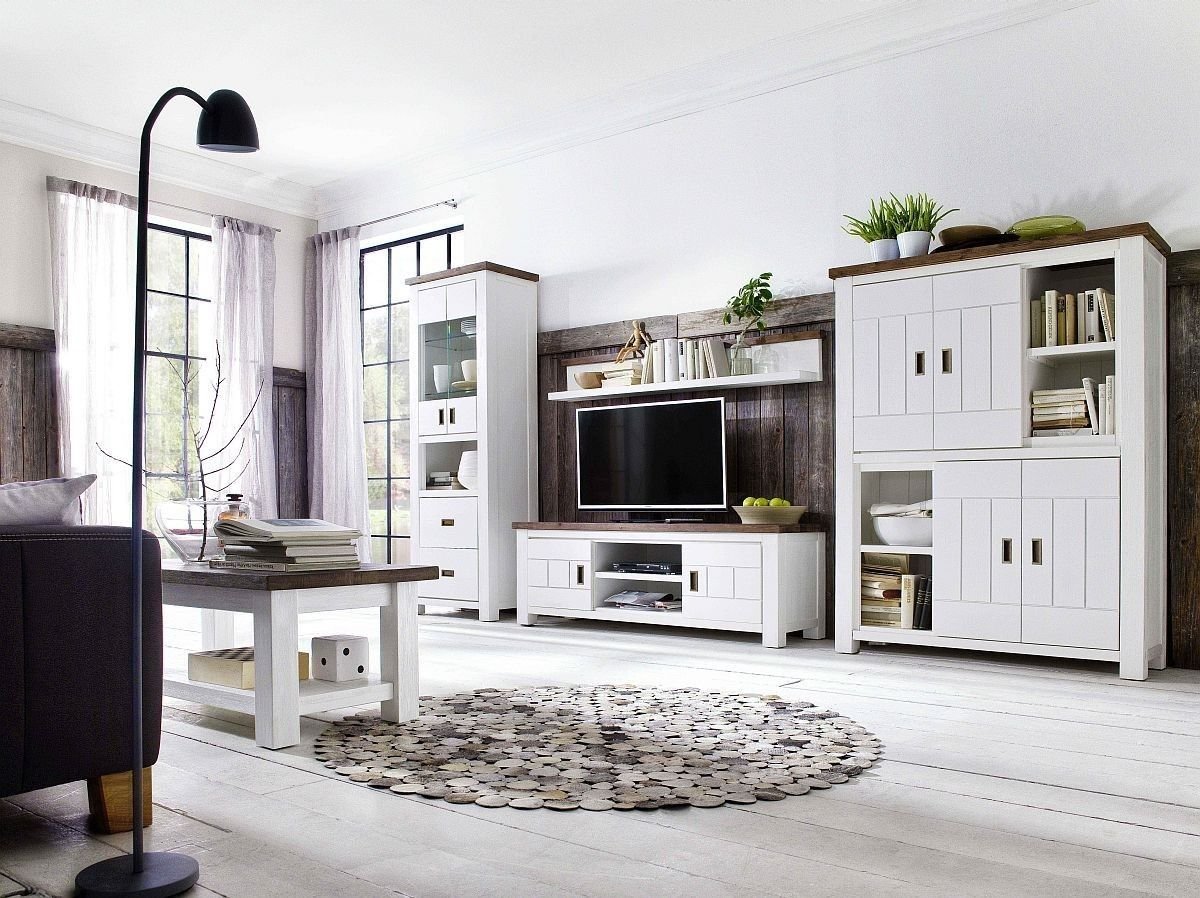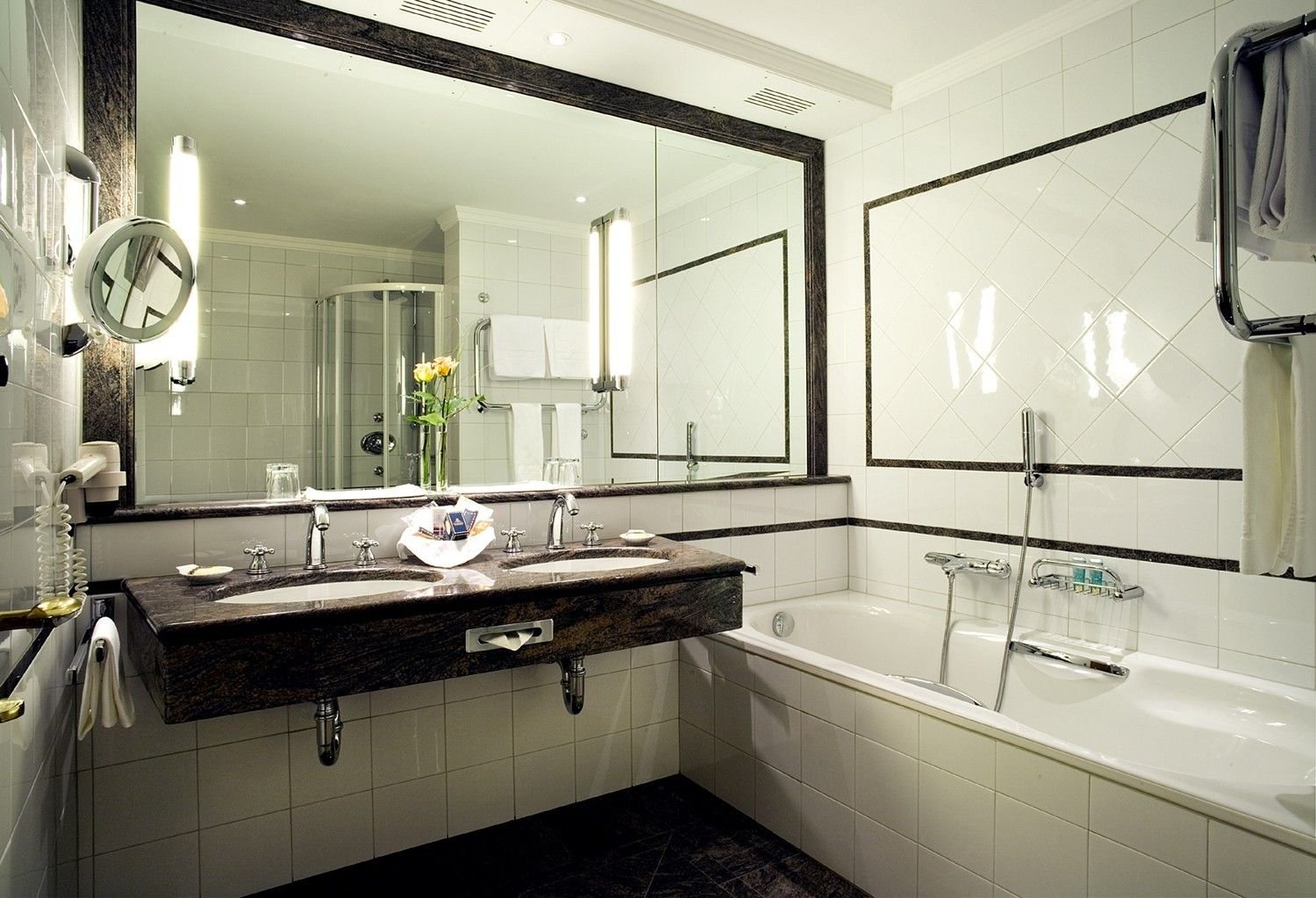Wabi Sabi – the age-old concept of Japanese aesthetics
We all know from our own experience – we are strongly drawn to the strange, the unknown. According to this principle of attractiveness, many Europeans find the age-old concept of Japanese aesthetics Wabi Sabi particularly tempting. Every facility in the Wabi Sabi look is therefore considered trendy. In short, that simply means an end to the western idea of perfectionism. For us, interior design is all about flawlessness and symmetry. However, the Wabi Sabi concept of Japanese aesthetics shows us how to discover beauty in imperfection. His basic idea is actually to allow asymmetry and naturalness in your own four walls and to find inner harmony and perfect balance for yourself. In this regard, Wabi Sabi is close to Zen Buddhism. But what exactly Wabi Sabi means and which features characterize this furnishing concept, you will find out in this article. We will also show you what exactly belongs to the must-haves in the Wabi Sabi look. Stick with it!
Here it says: Away from the urge to perfection….
…. And towards love for the imperfect.
- What is the basis of the Japanese concept of Wabi Sabi?
What we are rediscovering now actually looks back on a centuries-old tradition in Japan. According to authentic sources, the concept of Wabi Sabi has its origins in Zen Buddhism. It refers to the aesthetic of simplicity and imperfection. To explain this better, we did some research on the meaning of the Japanese words. Wabi means something like lonely, abandoned and sad. Sabi means patina, the word also stands for age, used and transience. In no case should you be negative about the meaning of both Japanese words. The hidden message that Wabi Sabi carries is to rediscover the little things in everyday life and to stage their presence.
The Japanese aesthetics of Wabi Sabi and purism have a lot in common.
Wabi Sabi brings out the simple things.
Therefore, according to the Wabi Sabi concept for aesthetics, you have to do without anything superfluous in the interior or rather get rid of it. In this point, Wabi Sabi borders on purism. So the Japanese living trend is limited to the essentials in the interior. It’s best to get rid of everything that you don’t really need in everyday life. In most cases, you get an empty room, the look of which is actually liberating and calming.
An almost empty room can be cozy and homely.
Coarse concrete walls, wooden floors and muted colors are typical features of the Japanese aesthetic in the interior.
- What are the must-haves in the Wabi Sabi look?
In addition to the principles of room design according to Wabi Sabi described above, there is one more important thing to add. In Japan, people try to keep the authentic look of old things or to imitate them. In a home designed according to the requirements of the Japanese Wabi Sabi aesthetic, there must not be anything polished or glittering. But on the contrary. Here naturalness and simplicity prevail. However, the following must-haves must be present:
Soft gray tones, a little brown and wood characterize the Japanese concept of aesthetics.
“It is not the immediate shine of the sun, but the broken moon that is beautiful,” that is how the Wabi Sabi motto can be formulated.
- Soft colors: A subtle, restrained color palette characterizes the Wabi Sabi look. There are mainly earth tones such as brown, beige, taupe, creamy white, green and gray to be seen. These are always the first choice. On the one hand, they look quite natural and, on the other hand, they are perfectly inscribed in any minimalist Japanese-style interior. Just don’t think that these soft colors make the room look barren or monotonous. Although they are muted and pale, they radiate warmth and security and ensure visual calm and visual harmony in the interior.
There are no bright colors in the bathroom either, everything is made of concrete and stone. Wicker baskets make the whole look a little gentler.
Natural materials are also used in the kitchen, especially wood.
- Natural fabrics: The Japanese aesthetic furnishing concept prefers natural and coarse fabrics. Handmade accessories made of natural stone and wood look very authentic and complement the simple look in Wabi Sabi. Don’t forget, these are not meant to look perfect. For example, objects made of earthenware, ceramic or concrete can show signs of use. Such quirks make them even more authentic and preferred. Rough surfaces with structure are also a must. The vessels made of wood differ in their design and show different grains. Even with tanned leather and marble, the same principles of naturalness and imperfection are commonplace.
The Japanese are very cautious when decorating their rooms – handmade decorations made of wood, stone and a few glass vases are among the must-haves.
Bare branches are often used as room decorations, even in the bedroom.
- Organic forms: Since there are no strict rules in the Wabi Sabi look and symmetry does not exist at all, great emphasis is placed on organic shapes. These are absolutely natural and therefore beautifully not perfect. You choose furniture with rough edges and incomplete shapes. Blankets and pillows also look very loose, but are made from natural materials such as wool, cotton and linen. To freshen up the room, decorate with a few twigs in glass vases. Pebbles and sticks are also popular. If you want to introduce a little more color into the interior, then you can have succulents in the pot, but no flowering house plants. The latter are taboo in Wabi Sabi.
So that you can design your room in the Wabi Sabi look lighter, we have also selected a delightful picture gallery for you. Scroll down and get further inspiration for the Japanese aesthetic of imperfection and naturalness!
Rough walls with signs of age are in.
Succulents in pots bring a green touch to the interior.
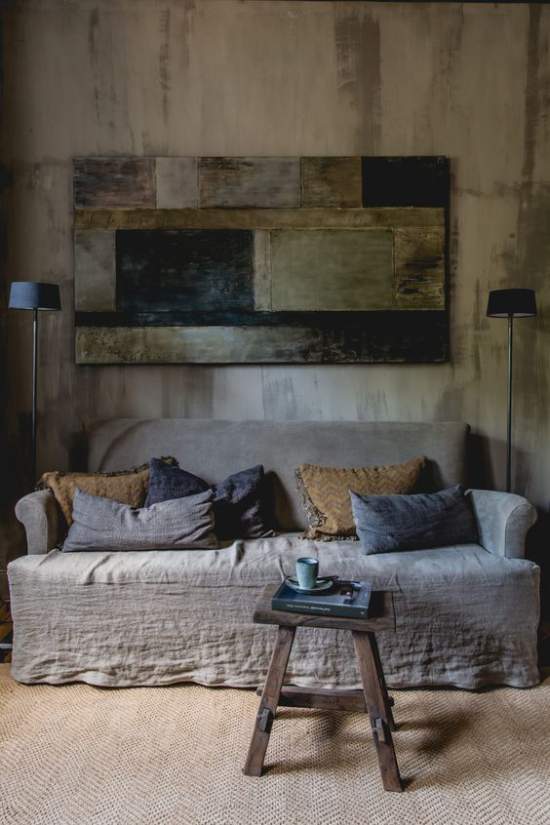
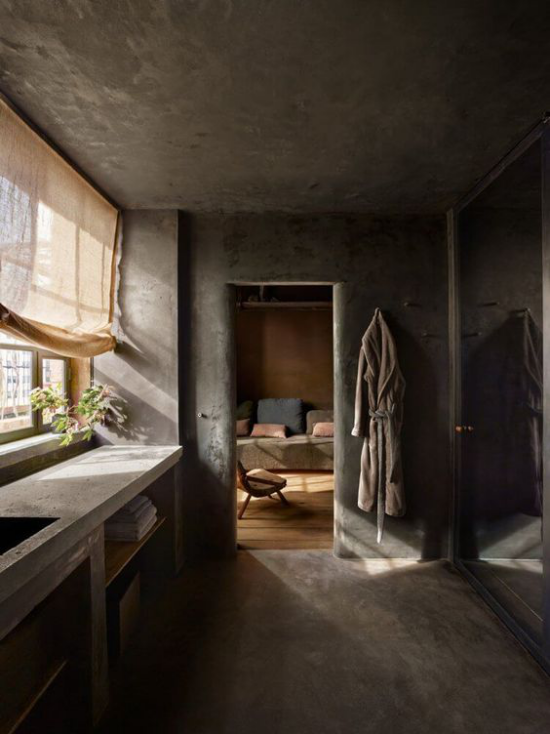
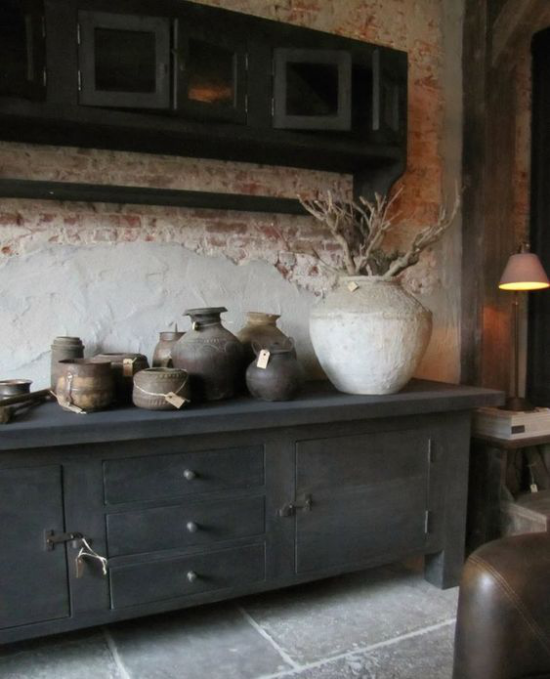
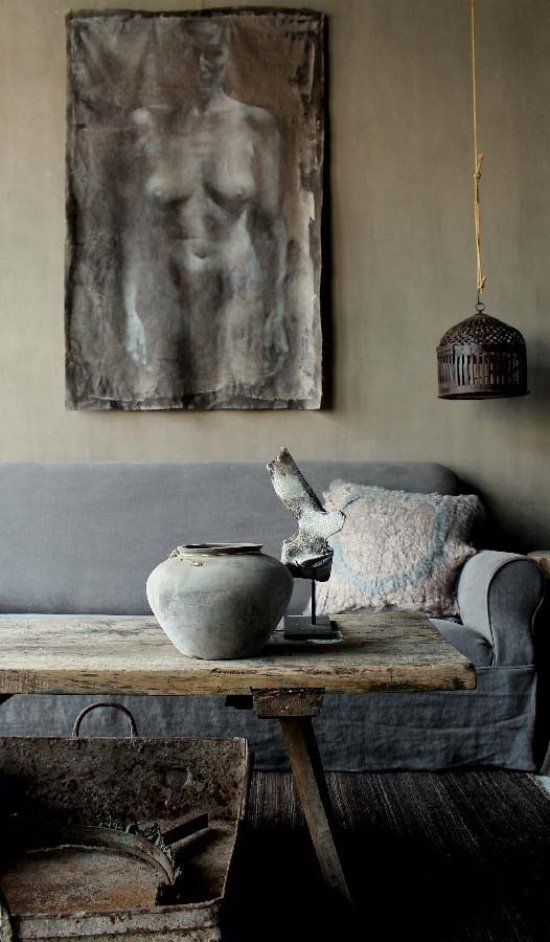
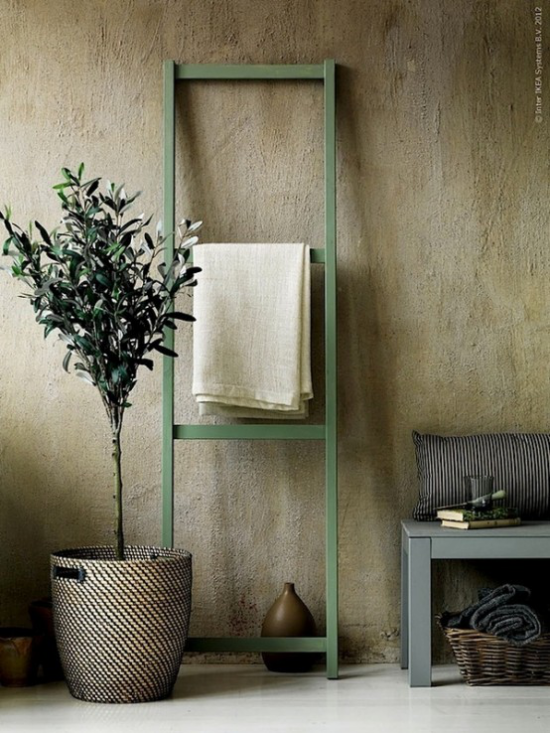
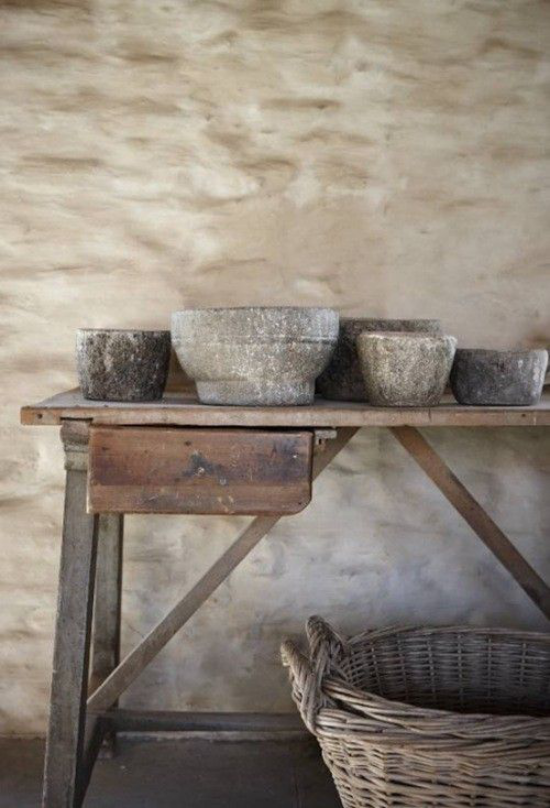
19: Wabi Sabi old concept Japanese aesthetics Gray tones in the decorative objects Eye-catching saturated purple hanging lamps
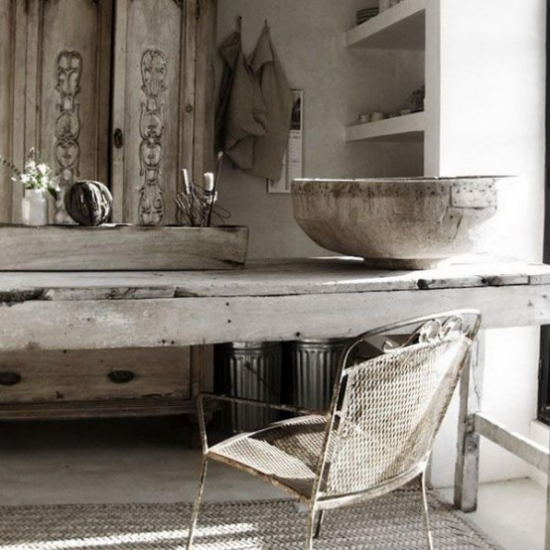
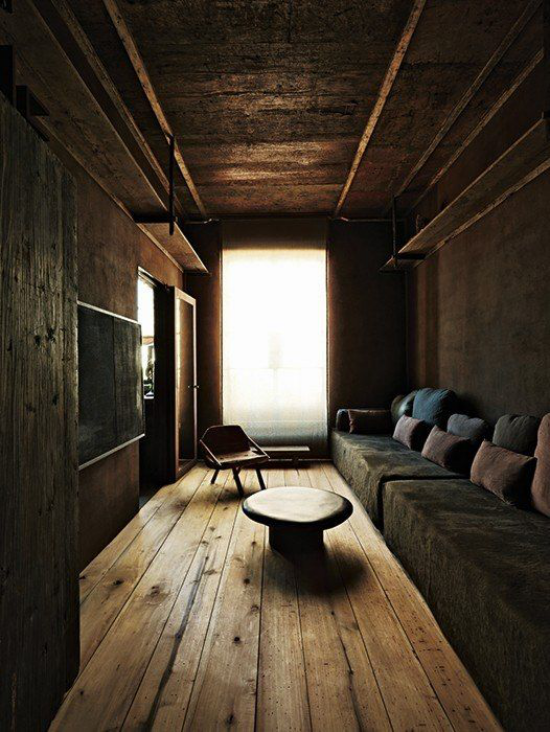
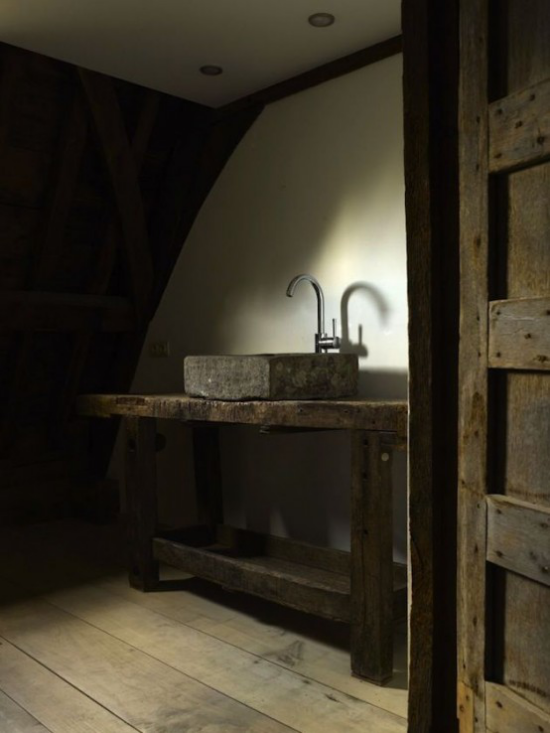
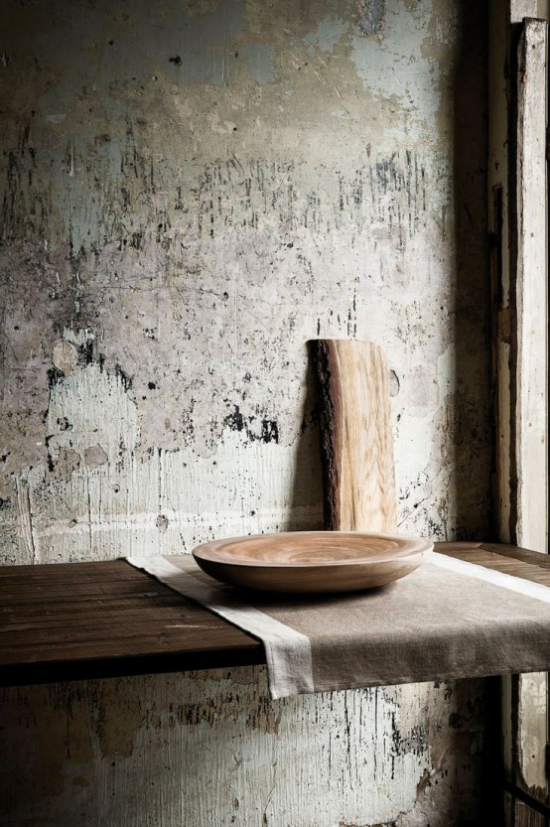
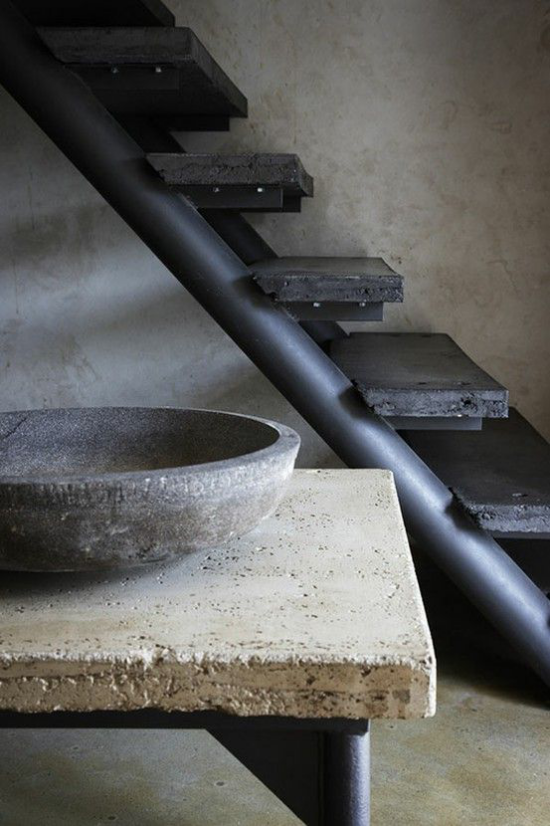
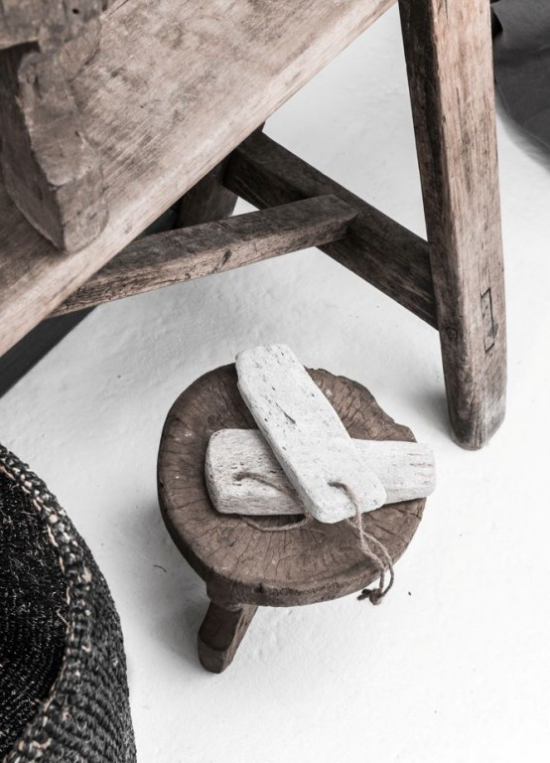
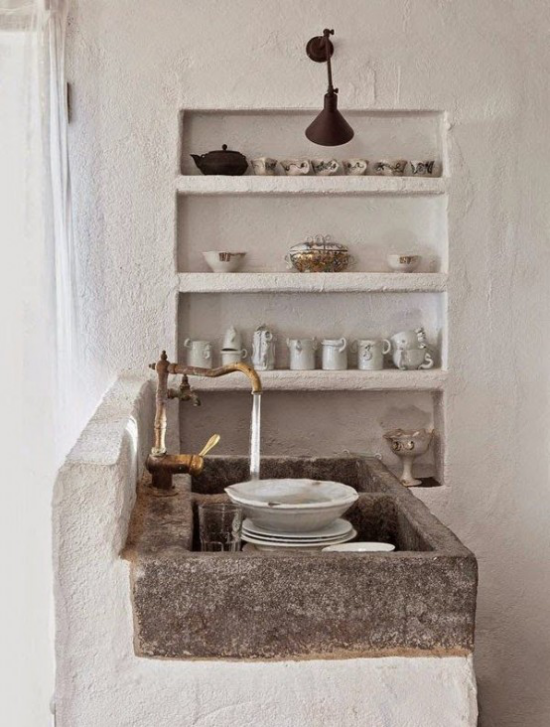
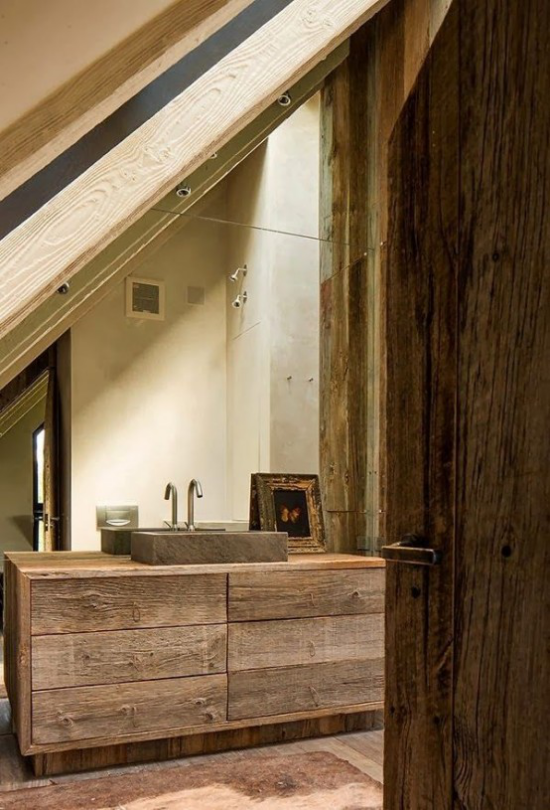
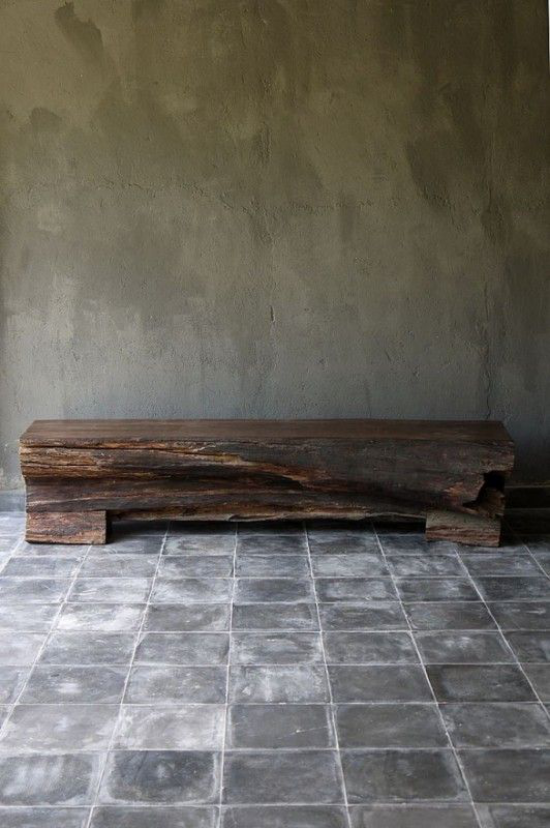
Visit the rest of the site for more useful and informative articles!

